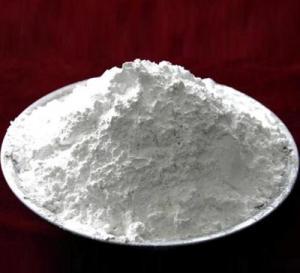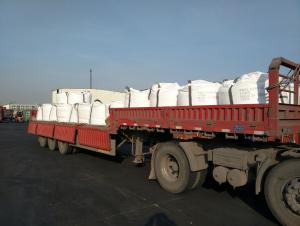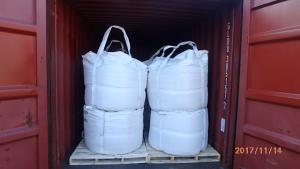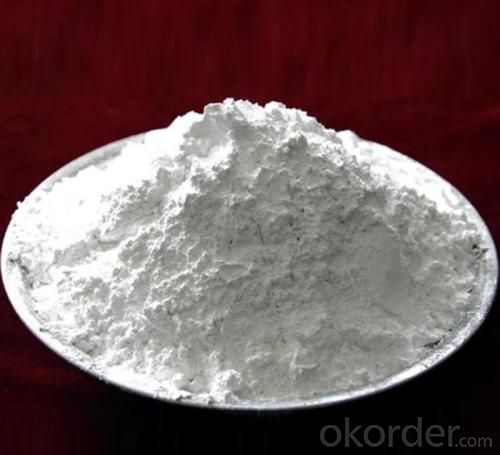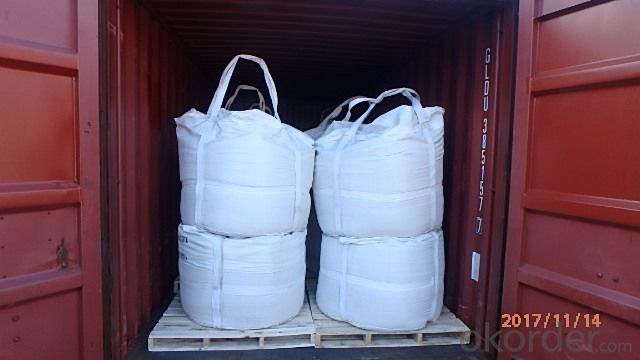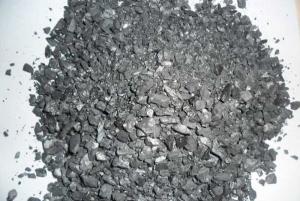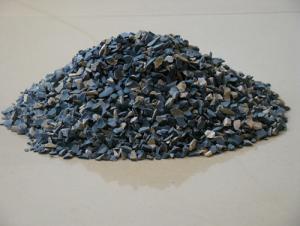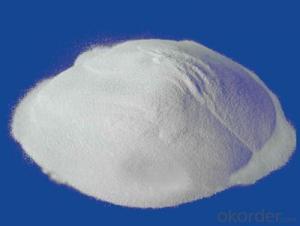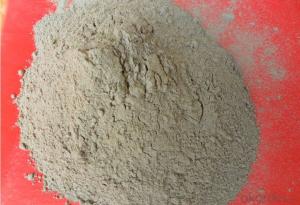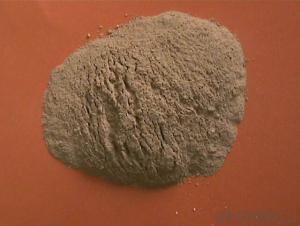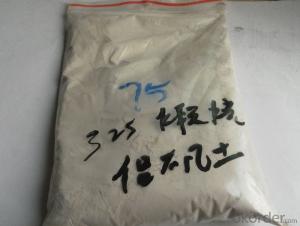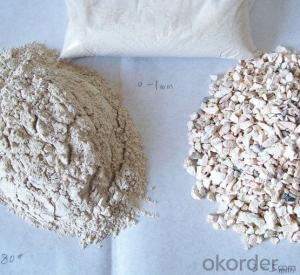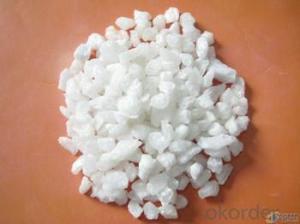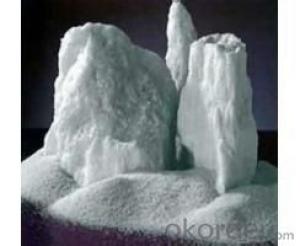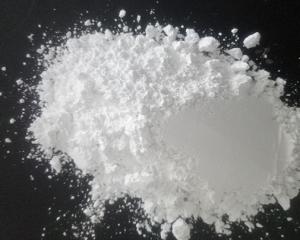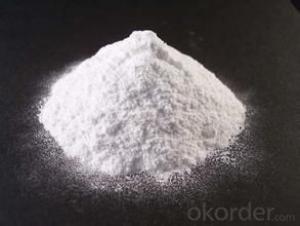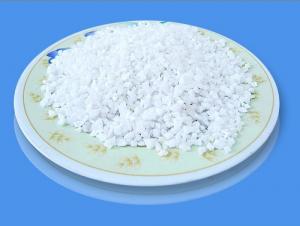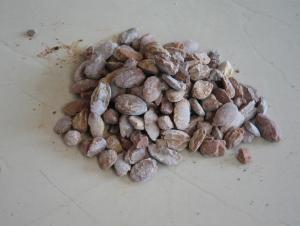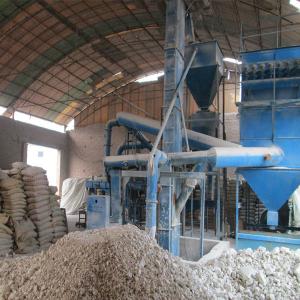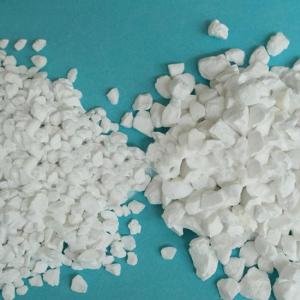Raw Materials for Refractory:Refractory Calcined Alumina with Na2O:0.2 Percent
- Loading Port:
- Tianjin
- Payment Terms:
- TT or LC
- Min Order Qty:
- 25 m.t.
- Supply Capability:
- 10000 m.t./month
OKorder Service Pledge
OKorder Financial Service
You Might Also Like
Quick Details
· Place of Origin: Shandong, China
· Shape: powder
· Material: Alumina
· Al2O3:99.2%min
· SiO2:0.05%max
· Fe2O3:0.04%max
· CAO:0.04%max
· NA2O:0.3%max
· Refractoriness (Degree):1770°< Refractoriness< 2000°
· Model Number:Customer's Requirement
· Brand Name:CMAX
· Application:Metallurgy and Refractory
· Product name: Calcined alumina
· Color: White
· Size:D50:3-5um/2-3um/1-3um
· BULK DENSITY:N/A
· Certificate:ISO9001
· Usage:Fire Resistance Place
· Type:Raw Refractory
· Packaging Details:Bags/As costomer's requirement'
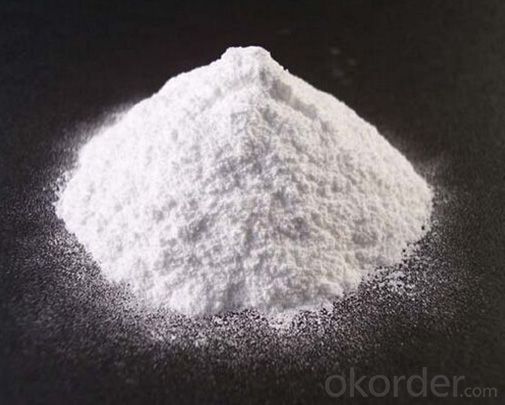

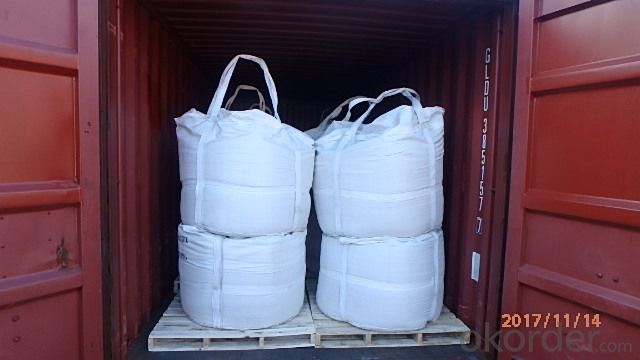
Quality assurance:
1.On a regular basis or as per your request,we entrust national testing agencies to conduct quality inspections
2. Strictly in accordance with the ISO9001-2008 international quality system standard,we monitor and manage the whole process throughout production,quality testing,and measurement to ensure product quality
FAQ:
Q: What kind of payments does your support?
A: T/T, L/C, Cash are accepted.
Q: Do you charge for the samples?
A: Accordeing to our company policy, the samples are free, you only charge the freight fee. And we will return the freight fee during the next order.
Q: Can you produce according to customers' design?
A: Sure, we are professional manufacturer.
Q: Do you have other products?
A: Yes, please check our other products in website.
- Q: Preparation of refractory clay
- Is it to make refractories? Add some andalusite to the refractory mortar will improve the effect.
- Q: How to divide the materials according to the National Fireproofing Material Standard?
- according to China's national standard GB8624-97, the combustion performance of construction materials can be divided into several classes: Class A: Incombustible building material: Almost no burning material. Class B1: nonflammable building material: nonflammable material has a good flame resistance effect. when it meet the open fire in the air or burnd at high temperature, it is difficult to spread quickly, and when the fire source is removed, the combustion stop immediately. Class B2: flammable building material: flammable material has a good flame resistance effect. when it meets open fire in the air or at high temperature, it will immediately burst into flames and easily cause fire spread, such as wooden column, timber roof truss, timber beam, and wooden stairs,ect.. Class B3: inflammable building material: No flame resisting effects, highly flammable, high fire risk.
- Q: What is the function of refractory in ceramics?
- Refractory is used as materials of kiln,sagger and kiln car for ceramic sintering. Its refractoriness is higher than ceramics, and the essential material and tool for ceramic sintering.
- Q: What is the concept of lightweight refractory material?
- Lightweight refractory material has high porosity, mechanical strength and erosion resistance. Compared with normal refractory bricks, it is a kind of refractory material with large volume shrinkage in high temperature, low thermal conductivity and small bulk density. It is used as thermal insulation material in industrial furnace and other thermal equipments. It has poor wear resistancel.
- Q: The following statement is correct: artificial corundum has a high melting point and can be used as a high grade refractory material. The main component is silica dioxide
- 1. corundum is the main component of alumina. 2. agate is the main component of silica. 3. is right. 4. glass is silicate. 5. solar cells are made from monocrystalline silicon. So 3.5 correct, choose D.
- Q: The principle of choosing fire-resistant material in Thermal Energy and Power Engineering equipment.
- Different thermal technology equipment has different operation condition and select different refractory material. We should take economical and practical as principle.
- Q: What are the characteristics of clay refractory materials?
- Clay refractory has excellent performance in anti fatigue. The fatigue strength of the general metal is 50% ~ 40 of the tensile strength, and some composite materials can be as high as 70 ~ 80%. The fatigue fracture of the composite is from the matrix, which is gradually extended to the interface between the fiber and the matrix. Therefore, the composite material has omen before destruction, and it can be checked and remedied. Fiber composite material also has good performance in anti vibration fatigue. The fatigue life of The helicopter rotor made of composite material is longer that made of metal. I hope my answer will help you!
- Q: Who knows the new fireproof and thermal inuslation matertial?
- New fire insulation material, having a foam material body, with the following characters: Outside of the foam material body bonds the aluminium foil composite glass fiber cloth, which is bonded by the aluminium foil and glass fiber cloth through fireproof glue. The utility model has the following advantages: Bonding the aluminum foil composite glass fiber cloth to the outer surface of the foam insulation material, will strengthen thermal insulation index, also will prevent the burning of the foamed material, thus ensuring the fireproofing safety of the foam insulation material.
- Q: Who knows the fire endurance of rock wool color plate?
- I'm glad to answer your question and offer you some of my experiences, for reference only. rock wool board is artificial inorganic fiber taking basalt as raw material and produced by melting with high temperature, which has characteristics of lightweight, non-combustible, heat absorbing, small thermal conductivity. The initial research is a common type of application in the building mainly used for industrial buildings which should be consistent with provisions in "the application types and basic requirements of building insulation materials". Successfully tested in June, 1981 Rock wool board is a new type material with fuctions of thermal insulation, fire retardant, sound absorption. The fire endurance of general rock wool board is 140-180 degrees, within two hours, better not exceed this safe period, in order to avoid security risks.
- Q: What's the commonly used refractory material for ladle?
- 1. According to the refractoriness, it can be classified as follows: common refractory: 1580℃ ~ 1770℃; high grade refractory: 1770℃ ~ 2000℃; superrefractory: 2000 ℃; 2. According to the shape and demension of the product, it can be classified as follows: standard form : 230mm×113mm ×65mm of no more than four measuring scale, (demension ratio) Max: Min
Send your message to us
Raw Materials for Refractory:Refractory Calcined Alumina with Na2O:0.2 Percent
- Loading Port:
- Tianjin
- Payment Terms:
- TT or LC
- Min Order Qty:
- 25 m.t.
- Supply Capability:
- 10000 m.t./month
OKorder Service Pledge
OKorder Financial Service
Similar products
Hot products
Hot Searches
Related keywords
